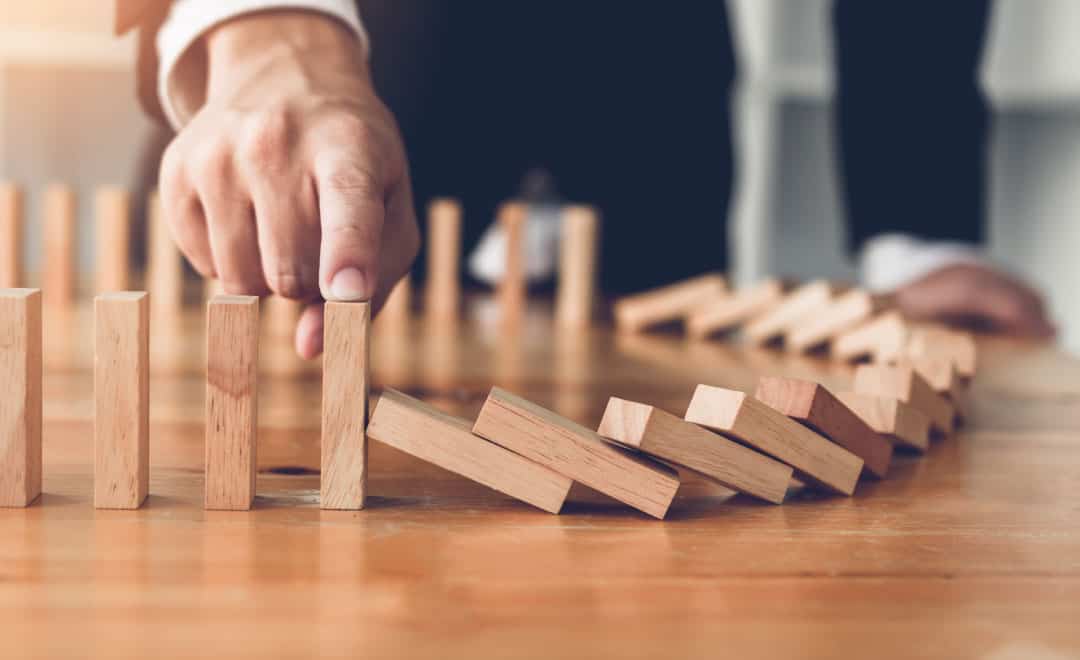Second quarter’s gross domestic product (GDP), a measure of all the goods and services the United States produces, was down 32.9%–an ugly number, to say the least. However, this was expected as April and May took the brunt of the forced shutdowns because of the coronavirus pandemic. This number is also seasonally adjusted and annualized. The actual GDP for the quarter was down 9.5%, but we tend to look at an annualized number—a calculation of a short-term number into an annual rate—to better compare performance. If we continued this path, we’d end the year down 32.9%.
Shelter-in-place orders across the nation began to expire as early as April 30, with the majority of states opening between late May and mid-June. We began to see more economic activity in June and July was much better. Instead of the annual activity down 32.9%, economists expect 2020 GDP to be down around 3%.
Currently, we’re approaching the end of the stimulus provided by the CARES Act as the extra unemployment benefit expired on July 31, and the Small Business Administration Paycheck Protection Program is scheduled to end August 8. Unfortunately, we’re still seeing high unemployment claims and layoffs in large corporations. Student loans are in forbearance until the end of September, and federally backed mortgages only allowed 180 days of forbearance. It is possible that despite the progress made in June and July, the economy could contract again, and the market could react accordingly. We don’t know if the coronavirus will have multiple waves of infections or if we’ll have to shut down businesses again. Adding to the uncertainty is the upcoming election.
While many businesses have found a way to continue with employees working remotely with meetings held on platforms like Microsoft Teams, or Zoom, there are still questions on how soon we’ll return to normal. When we say this is the “new normal,” we mean there could be a more permanent shift to teleworking. Companies have seen huge efficiency gains, and many employees are enjoying the flexibility of working from home. We are essentially training a new generation of students and workers to be comfortable with online interactions only. Commercial real estate and the morning rush hour may never look quite the same. Retail has been moving more online for several years, but many who were resistant to technological changes have been forced to adapt.
One item that currently stands out is consumer confidence. It seems consumers have held up relatively well when looking at the two main sources for this data, the University of Michigan and The Conference Board. However, these sources differ when it comes to the expectations of their separately polled consumers. The University of Michigan shows consumers expect rough roads ahead while the Conference Board shows expectations of a rainbow after this storm passes. It shouldn’t be surprising the consumer is struggling to make sense of their future. It is still impossible to know what happens next.
With the substantial amount of uncertainty in our future, we highly recommend following the Henssler Ten Year Rule, keeping money you need to cover your spending in the next 10 years in fixed-income investments, away from the volatility of the market. If you don’t know how much you’ll need, now is the time to work with your financial adviser to develop a plan to account for your spending. We still recommend the stock market for your long-term investments with time horizons of 10 years or longer—specifically, high-quality companies. That means companies with no debt or at least manageable debt and stable earnings.
If you have questions regarding your investments and how they may weather the uncertainty ahead, the experts at Henssler Financial will be glad to help:
- Experts Request Form
- Email: experts@henssler.com
- Phone: 770-429-9166








